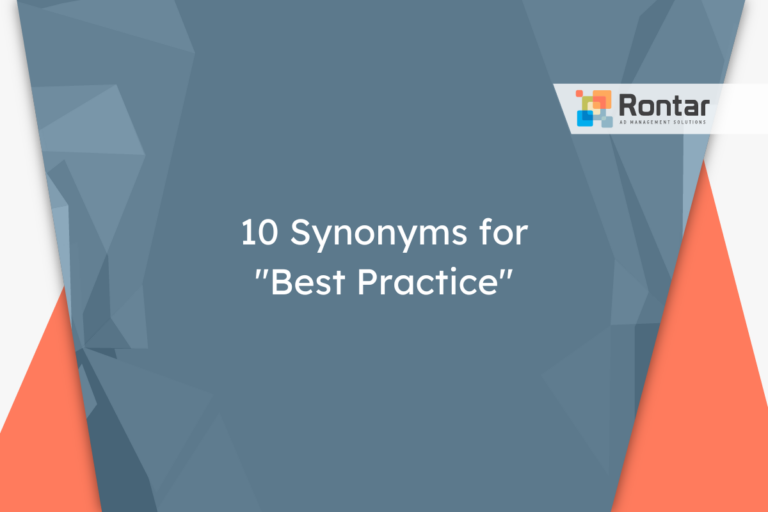10 Polite Ways to Ask for Someone’s Opinion

Asking for someone’s opinion in a professional setting can be tricky. You want to be respectful and show that you value their thoughts. This article provides ten polite ways to do just that in an email. Each of these methods ensures your message comes across clearly and kindly.
10 Polite Ways to Ask for Someone’s Opinion
When you want to gather insights in a professional setting via email, it’s essential to phrase your request in a polite way. Here are ten polite alternatives you can use:
- What are your thoughts on this?
- Could you share your perspective on this?
- How do you feel about this?
- Do you have any input on this matter?
- What do you think about this?
- Could you give me your viewpoint?
- What’s your take on this?
- How would you approach this?
- Do you have any advice on this topic?
- Could I get your feedback on this?
1. What are your thoughts on this?
This alternative is an open-ended question that invites a detailed response without assuming the respondent’s stance. It is polite and encourages an honest and thoughtful reply.
This phrase is particularly effective in a professional email when you’re seeking a comprehensive understanding of the recipient’s opinions on complex matters. It’s suited for use with colleagues, supervisors, or clients where elaboration is necessary. This medium provides a space for detailed responses, making email the ideal communication channel.
Email example:
Dear Emily,
We are considering some changes to the project timeline, and I would like to know your position.
What are your thoughts on this?
Best regards,
Thomas
This polite request for opinion implies respect for the recipient’s expertise or viewpoint. It is non-confrontational and professional.
It is especially well-suited for formal exchanges where you value the recipient’s unique insights or experiential input. This phrase works well with experts, senior managers, or stakeholders and is best delivered via email to allow for a detailed and considered response.
Email example:
Dear Dr. Smith,
In light of recent developments, your expertise is invaluable to us.
Could you share your perspective on this?
Best regards,
Linda
3. How do you feel about this?
Asking someone how they feel about a topic indicates an interest in their personal reaction, making it a polite and empathetic approach.
It’s particularly useful when the topic might impact the recipient personally or professionally. This alternative is effective in professional yet slightly informal settings, such as with team members you have a close working relationship with. Email allows the recipient time to reflect on their feelings before responding.
Email example:
Dear Mark,
After reviewing the preliminary designs, I'd like to know your personal view.
How do you feel about this?
Warmly,
Natalie
4. Do you have any input on this matter?
This question subtly requests the recipient’s advice or criticism in a professional manner. It is broad and open, allowing for any type of feedback.
It works best in scenarios where you are looking for specific suggestions or insights on a project or decision from colleagues or mentors. Email is the preferred channel for such requests as it gives the receiver ample time to think about their response.
Email example:
Dear Jack,
As we move forward with our strategy, your expertise is crucial.
Do you have any input on this matter?
Best,
Samantha
5. What do you think about this?
This phrase is a direct and polite way to ask for someone’s opinion, indicating that their thoughts are valued.
It is most appropriate in a professional setting when discussing ideas, proposals, or projects with colleagues or superiors. It is suitable for both formal and informal scenarios depending on the relationship with the recipient. Email communication provides a written record of opinions shared, which is useful for later reference.
Email example:
Dear Alex,
We've drafted the new marketing proposal and would love your insight.
What do you think about this?
Kind regards,
Jessica
6. Could you give me your viewpoint?
This request is polite and expresses a desire for the recipient’s perspective, suggesting you value their unique insight.
This alternative works well in both formal and informal professional settings, particularly when seeking advice from someone with specific expertise or experience. It’s ideal for emails to colleagues or industry peers for thoughtful feedback.
Email example:
Dear Wendy,
Considering your experience with client engagement, I'd value your thoughts.
Could you give me your viewpoint?
Best wishes,
George
7. What’s your take on this?
This is a more informal yet polite way to ask for opinions, implying a friendly and open conversation tone.
It is fitting for less formal email correspondences within teams or with peers you have a relaxed relationship with. This phrasing encourages a candid response and is ideal for messages that aim to foster open dialogue and brainstorming among team members.
Email example:
Dear Ben,
We've been brainstorming some new approaches and would appreciate your creativity.
What's your take on this?
Cheers,
Olivia
8. How would you approach this?
This polite inquiry not only asks for an opinion but also for the recipient’s proposed method of dealing with a situation, indicating great respect for their judgment and expertise.
It’s best used in professional emails where you’re seeking detailed guidance or strategic advice, especially from someone with more experience or knowledge in a particular field. This approach encourages practical, action-oriented responses and is useful in collaborative projects.
Email example:
Dear Michelle,
As we tackle the upcoming project phase, your strategic insight would be invaluable.
How would you approach this?
Sincerely,
Eric
9. Do you have any advice on this topic?
Asking for advice makes this a very respectful and polite way to solicit opinion, implicitly valuing the recipient’s expertise or judgment.
This phrase is particularly suited to professional settings where you’re seeking expertise or mentorship on critical matters. It’s appropriate for communications with supervisors, mentors, or specialists, providing a space for them to share wisdom or guidance via email.
Email example:
Dear Professor Johnson,
In preparation for my thesis, I'm exploring several themes but could use your guidance.
Do you have any advice on this topic?
Regards,
Tim
10. Could I get your feedback on this?
This straightforward request is polite and indicates that you’re seeking constructive criticism or suggestions for improvement.
It is ideal for professional settings when aiming to refine a project, proposal, or idea with the help of colleagues, supervisors, or clients. This phrase encourages detailed and useful feedback, making email the perfect medium for such exchanges.
Email example:
Dear Carla,
I've completed the initial draft of the report but would greatly appreciate your insight before finalizing.
Could I get your feedback on this?
Many thanks,
Derek
Final Thoughts
Asking for someone’s opinion the right way is key to good communication in the workplace. The ten methods we’ve discussed are polite, professional, and designed to make people feel respected and valued. It’s important to choose the one that best fits the situation and the person you’re emailing.






